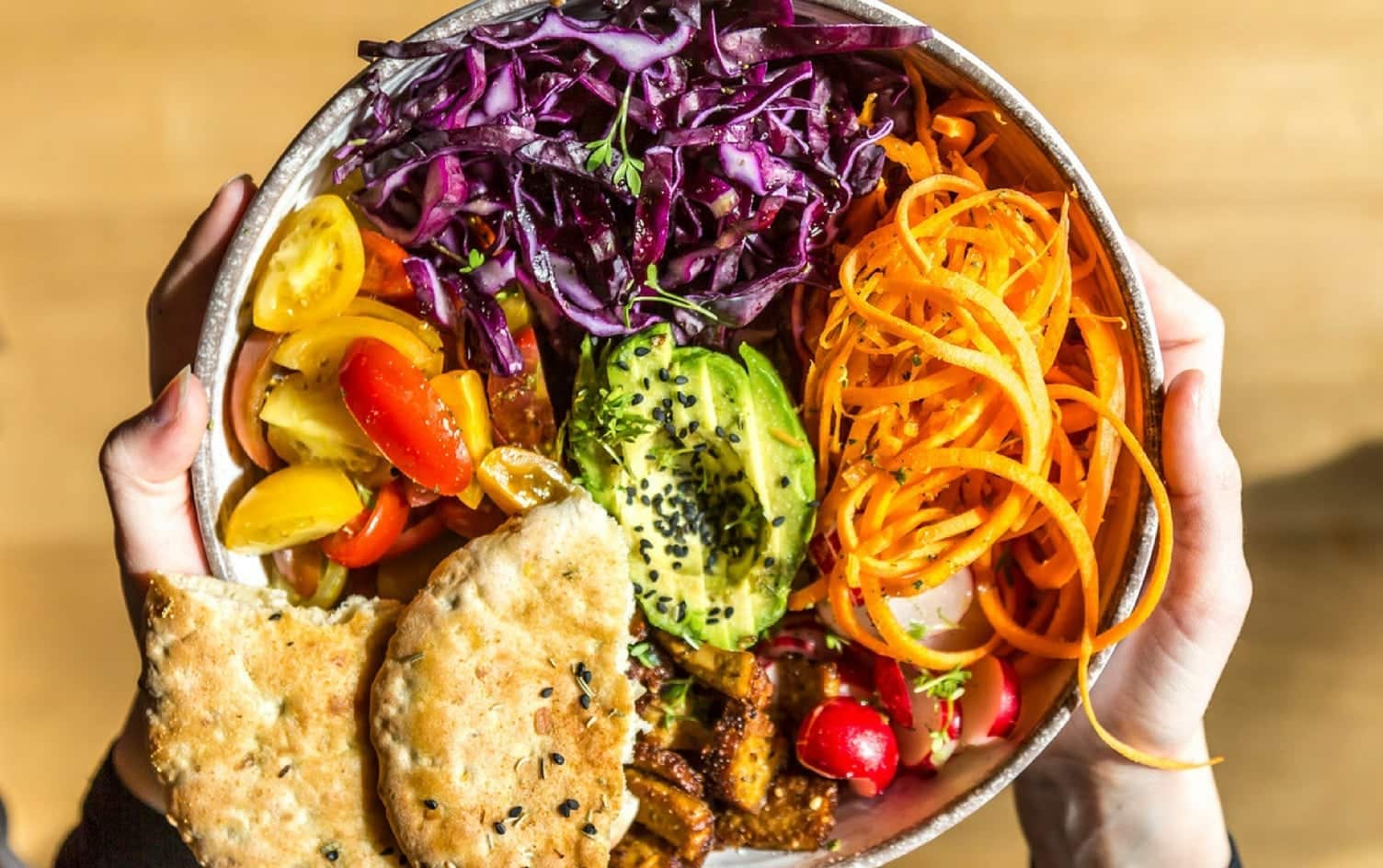All fruits, vegetables, nuts and seeds are packed with vitamins and minerals — that’s why, no matter what eating strategy you might follow, they always form the largest base of an individualized food pyramid. But is it possible some choices might be better than others?
“There are some foods that seem to confer more benefits compared to others in the same category,” says nutritionist and educator John Bagnulo, PhD, MPH. “The term ‘superfoods’ can be misleading, I like to say ‘nutrient-dense’ instead. But whatever you call them, they’re definitely worth considering as an addition to your meals.”
In many ways, “superfood” is a vaguely defined word in the food industry, much like “natural” or “healthy,” and like those terms, it gets tossed around a great deal in the midst of marketing hype. But as Bagnulo notes, some choices pack an awful lot of punch when it comes to nutritional advantages.
WHY SUPERFOODS ARE SO SUPER
There’s no standard list of superfoods, but if one was devised, it would contain mainly fruits, vegetables, whole grains, legumes, fatty fish, nuts and seeds, according to nutrition expert Penny Kris-Etherton, PhD, RD.
In combination with vitamins and minerals, superfoods contain compounds that offer extra benefits. They don’t just nourish you and give you energy, they protect your health in some additional way, such as lowering inflammation, reducing cancer risk, improving bone health and boosting cardiovascular health.
For example, a common superfood is salmon, often praised for its level of omega-3 fatty acids, which can reduce triglycerides and slow the growth of plaque in the arteries, Kris-Etherton says.
Another top superfood pick is berries, because they have high levels of phytochemicals called flavonoids — these are antioxidants that reduce inflammation throughout your body.
Nuts, such as walnuts and almonds, also have high omega-3 levels, along with alpha-linolenic acid, which has been linked to improved memory and concentration.
Other foods that have gotten the “super” title include eggs, black beans, sardines, flaxseed, Greek yogurt, green tea and any kind of fruit or vegetable.
UPPING THE BENEFITS
In addition to choosing nutrient-dense foods like blueberries, dark greens and eggs, Bagnulo recommends sticking as close to seasonality and locality as possible. Of course, if you live in a chilly climate and it’s the middle of ice-drenched January, finding fresh, local berries will be an impossibility.
But in general, taking time to recognize what might qualify as “seasonal” where you live has its advantages. “In-season fruits and vegetables are at the height of their nutritional power, especially if you can get them locally, which means that they’re recently harvested,” says Bagnulo. Fresh produce begins losing nutritional clout as soon as it’s picked and it continues that drop as time goes by.
That means a head of picked-yesterday romaine lettuce from the farmers market has a higher concentration of vitamins and minerals than one that’s the same variety, but picked weeks before in another part of the country and shipped to your grocery store.
That shouldn’t put you off from buying fresh fruits and vegetables from the supermarket, Bagnulo adds, since they still retain some nutrient density. But when you have a choice, gravitate toward the seasonal, local picks.
GO FROZEN IF NECESSARY
Opting for frozen fruits and vegetables isn’t as much of a nutrition drop as people might think, according to Dr. Terry Wahls, author of “The Wahls Protocol.” She notes that frozen produce can often be easier on the budget and expand your choices when in-season options are limited.
“The key is increasing your intake of vegetables in particular,” she says. “If you need to start with canned or frozen vegetables, go for it. Then, work your way up to fresh, local, organic choices when they’re available.”
Foods that are minimally processed and eaten as close to harvest as possible are likely contenders for that “superfood” status. And who couldn’t use a little more super in their lives?




